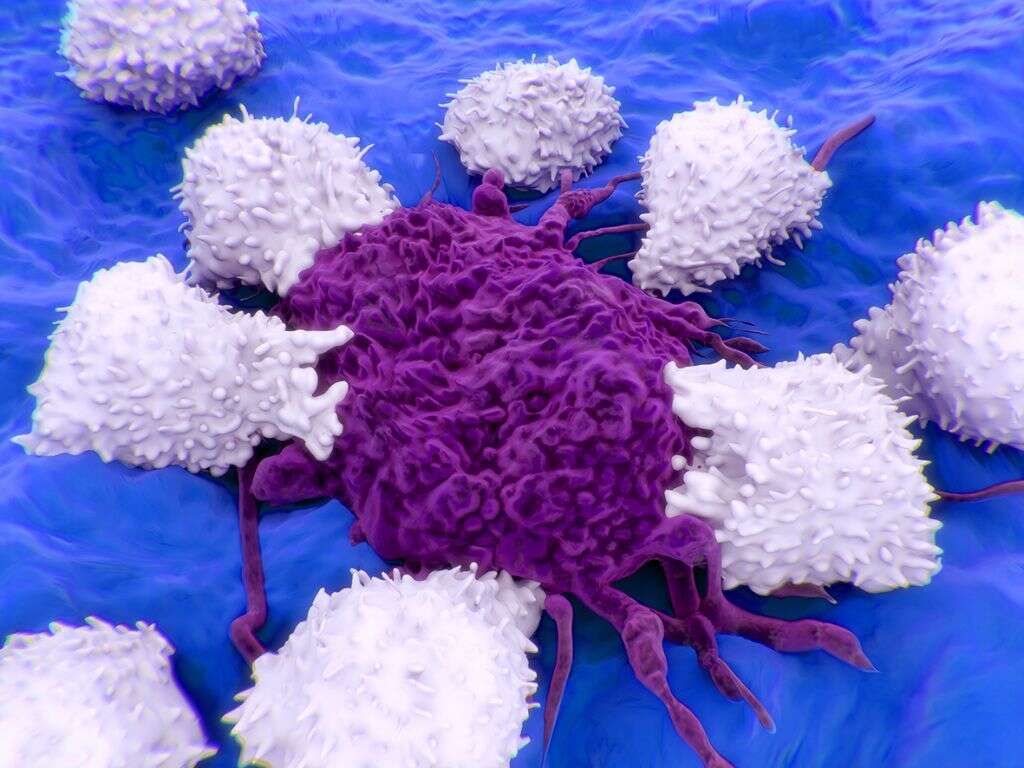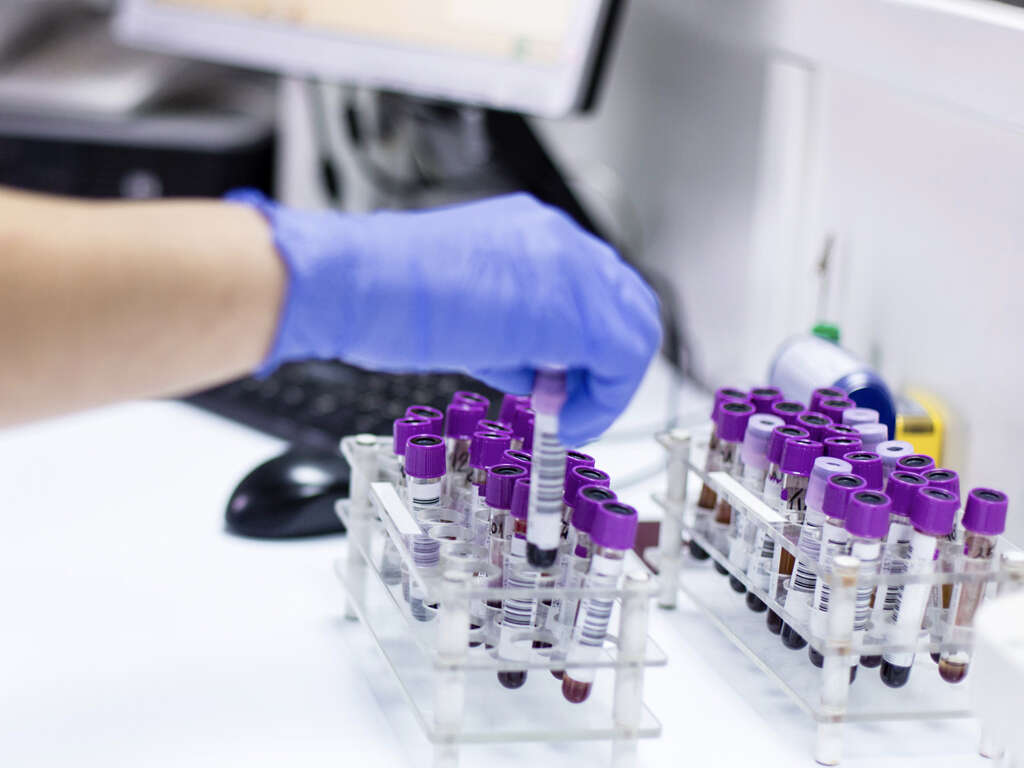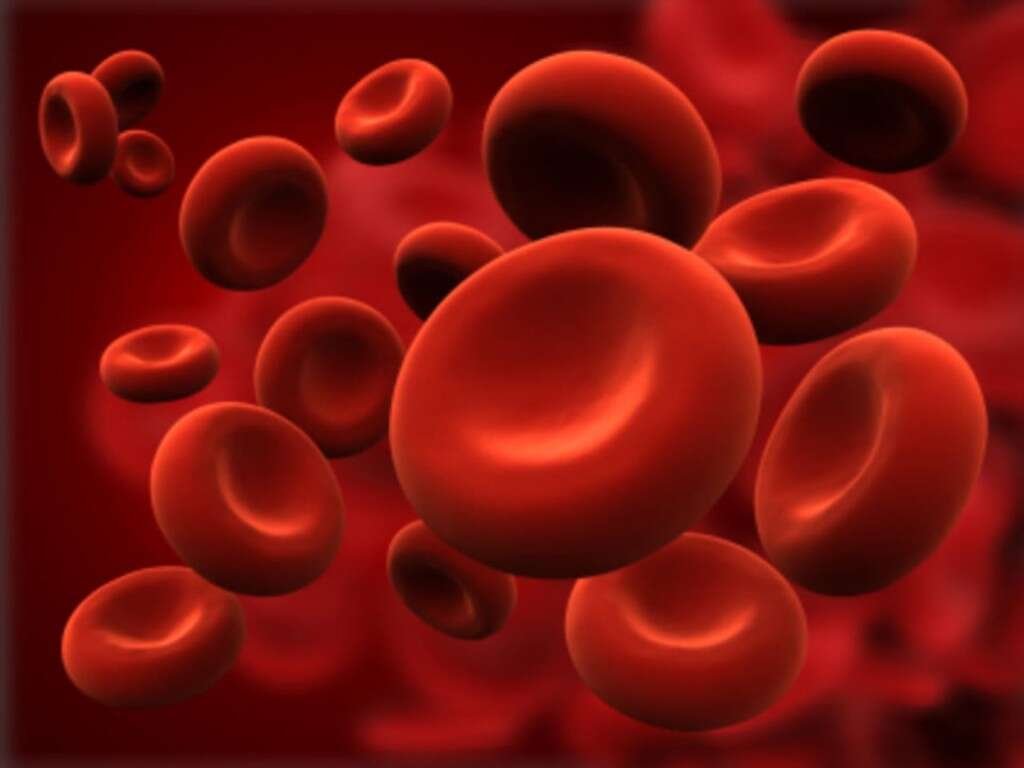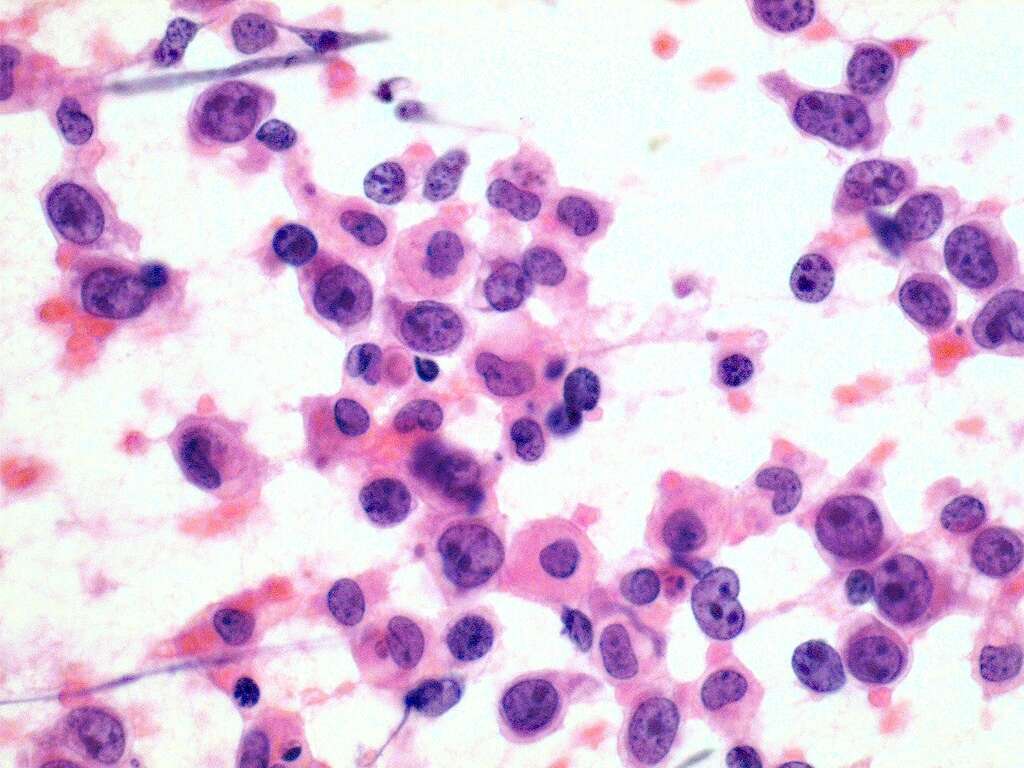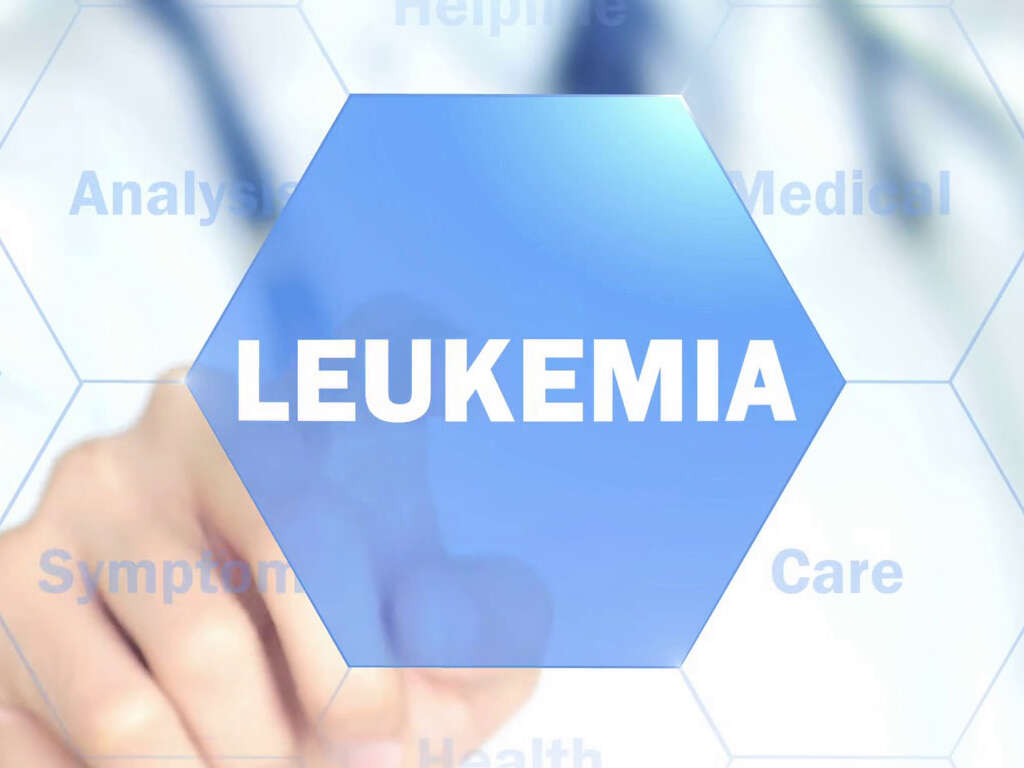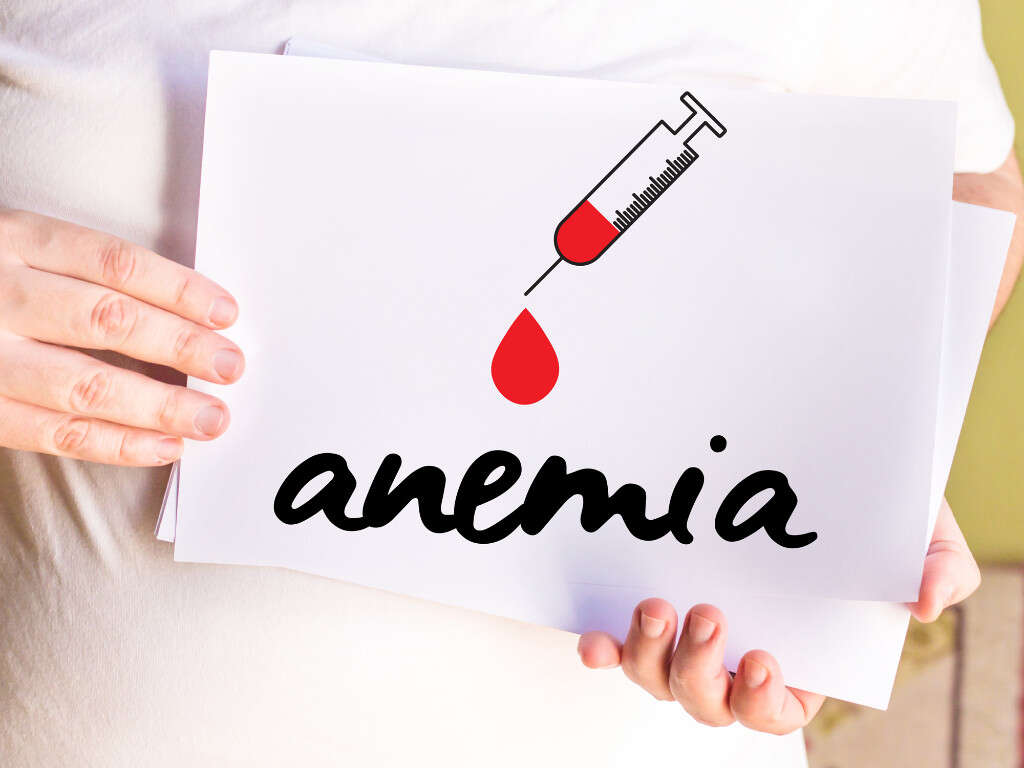What Is Blood Cancer?
Cancer is a scary word, especially if you or someone you love is diagnosed with it. But as with any illness, prompt treatment for any type of cancer is essential for experiencing the best outcome. Different cancers affect different parts of the body. When cancer affects the blood, it is referred to as blood cancer.
Blood is a body fluid that is composed of four main elements: red blood cells, plasma, platelets, and white blood cells. The chief functions of the blood include transporting oxygen throughout the body and delivering nutrients to the tissues and lungs. Blood cancers can affect the production and the behavior of blood cells. They are also life-threatening.

1. What Is Blood Cancer?
Blood cancer is a type of cancer that typically begins in the bone marrow, which produces blood cells. All types of blood cancer usually occur when white blood cells develop abnormalities or excessive reproduction.
Out of all the different types of diagnosed cancers in the United States every year, blood cancers account for approximately 10% of them. They are more common in men than women, and they make up approximately 25% of all childhood cancers.
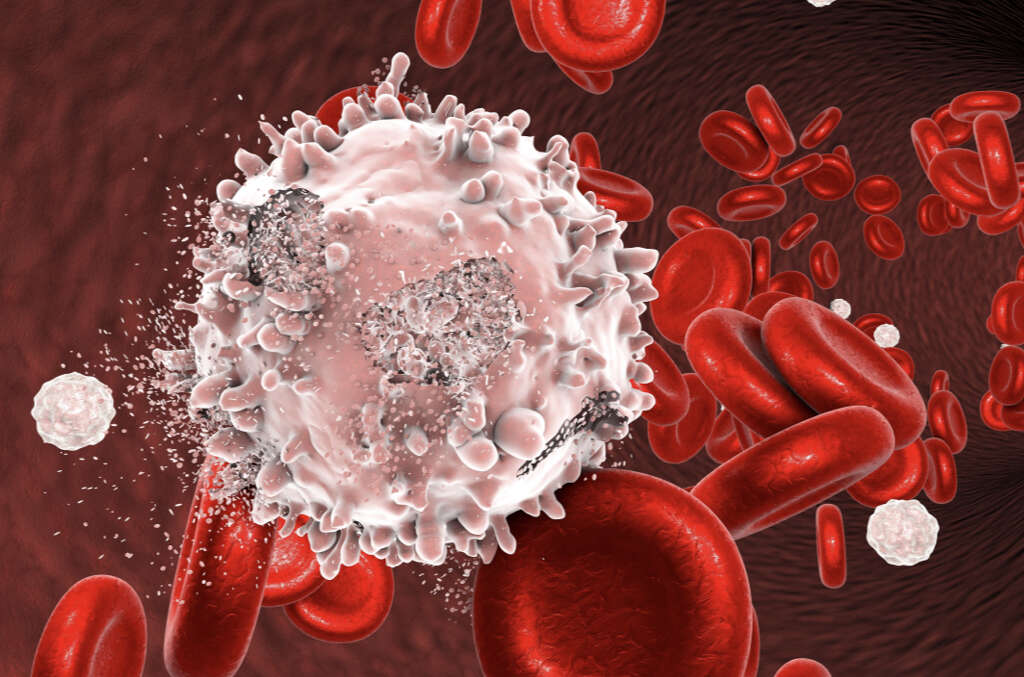
2. How Many Types of Blood Cancer Are There?
There are three general classifications of blood cancer: leukemia, lymphoma and myeloma. The type that’s found within the bone marrow and blood cells is called leukemia. The most common form of adult leukemia is acute myelogenous leukemia (also known as AML). The most common form of childhood leukemia is also AML.
Lymphomas are blood cancers that can be classified into two groups: Hodgkin lymphoma and non-Hodgkin lymphoma. Lymphomas make up approximately half of all blood cancers diagnosed each year. Myeloma is a type of cancer that affects the plasma cells, which are made within the bone marrow. Myeloma cells weaken the body’s immune system by preventing the production of antibodies.
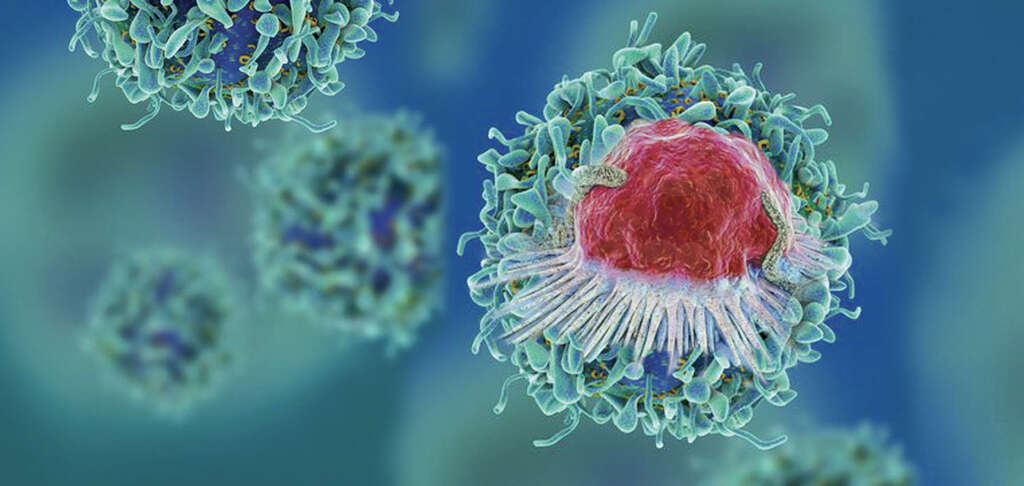
3. How Common Is Blood Cancer?
Blood cancers are fairly common, and more than 1.3 million people in the United States alone are either in remission from the condition or currently living with it. It’s also important to note that blood cancers are some of the most common cancers in children. Leukemias, specifically, make up about 28% of all childhood cancers.
Approximately every three minutes, someone in the U.S. is diagnosed with some type of blood cancer. That means this year alone, more than 178,000 people are likely to be diagnosed with the condition. Most of those cases will likely be a lymphoma, while the others will typically be leukemia or myeloma.

4. What Are Risk Factors for Blood Cancer?
There are many potential risk factors for blood cancer. A few of the most common include a family history of leukemia or other blood disorders, past chemotherapy or radiation therapy, smoking, and certain infections.
Your age and a weak immune system can also increase your risk of developing blood cancer. If you have any of these risk factors, it’s important to watch carefully for signs of blood cancer and seek diagnosis and treatment if you notice any.
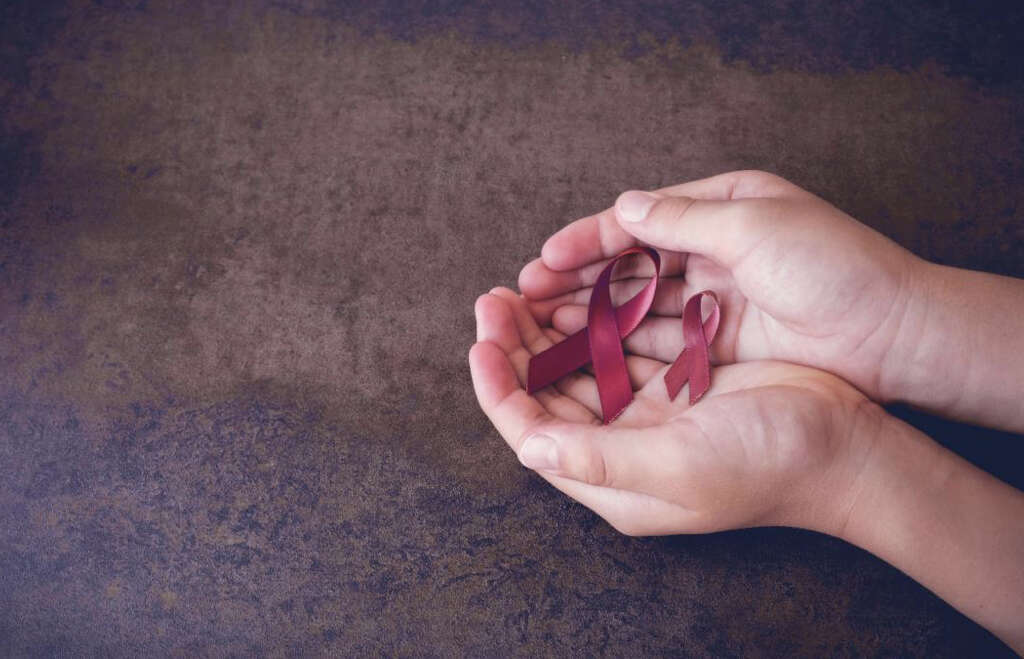
5. Are There Early Screenings for Blood Cancer?
Early screening is often recommended for suspicion of different types of cancer. For example, colonoscopies can provide early detection of colorectal cancer, while mammograms can provide early detection of breast cancer. However, there are currently no effective screening tests that can detect blood cancers early on.
Scientists are currently trying to find ways to detect blood cancer before symptoms are present. But for now, there isn’t a reliable way to detect pre-symptomatic blood cancers. Because of this, most people with the disease don’t realize they have it until symptoms arise.

6. What Are the Symptoms of Blood Cancer?
There are a variety of symptoms associated with blood cancer. Some are bone and joint paint, anemia, persistent fatigue, fever, chills, unexplained weight loss, swollen lymph nodes, and weakness. These can also be symptoms of other health conditions, so it’s wise to see a doctor if you experience any of these symptoms — especially if you experience more than one at once.
Symptoms of leukemia, a type of blood cancer, include persistent infections that don’t go away on their own, frequent nosebleeds, shortness of breath, persistent cough, pains in the chest, tiny bruises or red spots under the skin, bleeding and/or sore gums, and swollen spleen or liver.

7. When Should You See a Doctor for Blood Cancer?
Anytime you experience the common symptoms of leukemia or other types of blood cancer, you should call your doctor to schedule an appointment at your earliest convenience. Waiting too long could give the cancer time to develop even further and become more deadly. Early intervention is essential for successfully treating blood cancer.
You may need to go to the emergency room if you are in remission from leukemia and notice symptoms that your disease may be recurring. Symptoms of recurrence may include easy bleeding, high fever, seizure, or an infection that won’t heal on its own.

8. How Is Blood Cancer Treated?
As with other cancer types, there are a variety of available treatments for blood cancer. The type of treatment your doctor recommends will depend on your age, the type of cancer you have, whether it’s spread to other body parts, and how fast it’s progressing.
Common treatments for blood cancers include targeted therapies, cancer surgery, chemotherapy, immunotherapy, radiation therapy, and stem cell transplantation. Make sure you clearly understand all of your treatment options, as well as the pros and cons associated with each, before you decide which option to pursue.

9. How Can You Get a Second Opinion for Blood Cancer?
After you’re diagnosed with blood cancer, you may wish to get a second opinion. You may want to get a second opinion if you’re dealing with a rare type of blood cancer, you are not comfortable with the recommended treatment decision, or you are trying to decide between multiple treatment options for your condition.
You can get a second opinion by having your primary doctor recommend a specialist, such as a radiation oncologist, hematologist, or medical oncologist. You can also get recommendations and referrals from medical schools, hospitals, or local cancer advocacy groups. You may also wish to talk to others who currently have or have recovered from the same type of cancer you have.
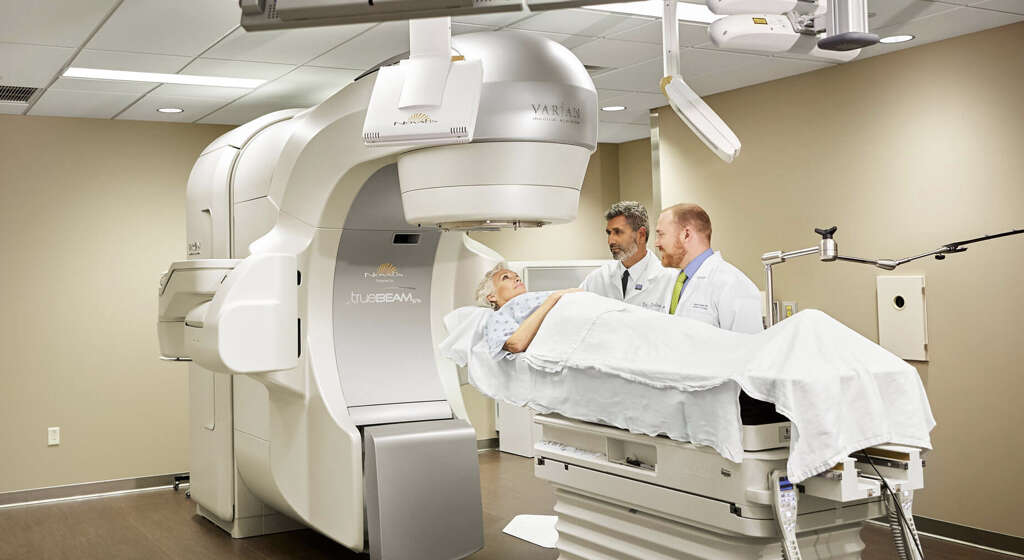
10. What Is the Outlook for Blood Cancer?
The outlook for blood cancer is getting better, and has improved significantly within the last 20 years. In fact, 66% of people diagnosed with leukemia, a type of blood cancer, live five years or even longer. The number climbs even higher for non-Hodgkin lymphoma (75%) and Hodgkin lymphoma (89%).
As with all cancer types, the key to the best outlook is seeking treatment early on. Though there are not yet any highly reliable early detection screenings for blood cancer, your outlook improves when you seek prompt diagnosis and treatment as soon as symptoms arise.




